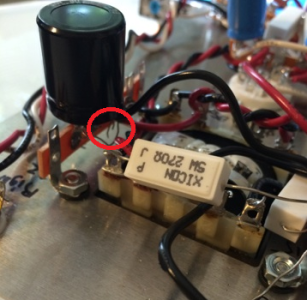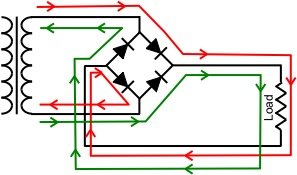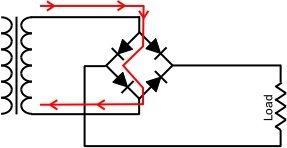I assembled my crack (first DIY kit like this) a few days ago and just can't seem to get it running, the fuse keeps blowing. Im using .5 A 250v slow blow fuses from radio shack. I completed the resistance check and everything checked out as it should. It doesn't make sense to do a voltage check since the fuse is immediately blowing, right?
Here's what Ive done to troubleshoot:
First time I fired it up a fuse blew. Second time I replaced the fuse and the tubes lit up just barely (not a full glow), and something around 13L/14L gave off some smoke. I immediately unplugged. I should also mention that this time the power transformer got very hot very quickly, to the point of beginning to heat shrink the numbered Bottlehead label stuck underneath it. The label is still on, but it's all bubbly now. Do you guys think I need a part replaced given the smoke? How to test and figure out which part needs replacing?
Some more info of what happened...
AFTER THIS...
1) I went through carefully to make sure things were all soldered solidly and no excess wires were touching anything they weren't supposed to. I found that I had forgotten to solder one end of the 270 5w resistors (15L) and a couple hooked wires on B8 and B7, so I soldered those.
2) As I went through the manual again point by point to see if Id missed anything, I noticed I had one of the bands going the wrong way on a rectifier diode (specifically, 20L and 18L were reversed), so I flipped that diode around to correct it.
3) Nothing else I could find, I did the resistance check again and everything is reading as it should be, but trying to fire it up the fuse blows on me immediately as I plug it in still...
Thank you in advance for any troubleshooting help!
Here's what Ive done to troubleshoot:
First time I fired it up a fuse blew. Second time I replaced the fuse and the tubes lit up just barely (not a full glow), and something around 13L/14L gave off some smoke. I immediately unplugged. I should also mention that this time the power transformer got very hot very quickly, to the point of beginning to heat shrink the numbered Bottlehead label stuck underneath it. The label is still on, but it's all bubbly now. Do you guys think I need a part replaced given the smoke? How to test and figure out which part needs replacing?
Some more info of what happened...
AFTER THIS...
1) I went through carefully to make sure things were all soldered solidly and no excess wires were touching anything they weren't supposed to. I found that I had forgotten to solder one end of the 270 5w resistors (15L) and a couple hooked wires on B8 and B7, so I soldered those.
2) As I went through the manual again point by point to see if Id missed anything, I noticed I had one of the bands going the wrong way on a rectifier diode (specifically, 20L and 18L were reversed), so I flipped that diode around to correct it.
3) Nothing else I could find, I did the resistance check again and everything is reading as it should be, but trying to fire it up the fuse blows on me immediately as I plug it in still...
Thank you in advance for any troubleshooting help!

















